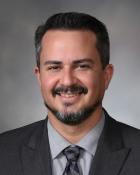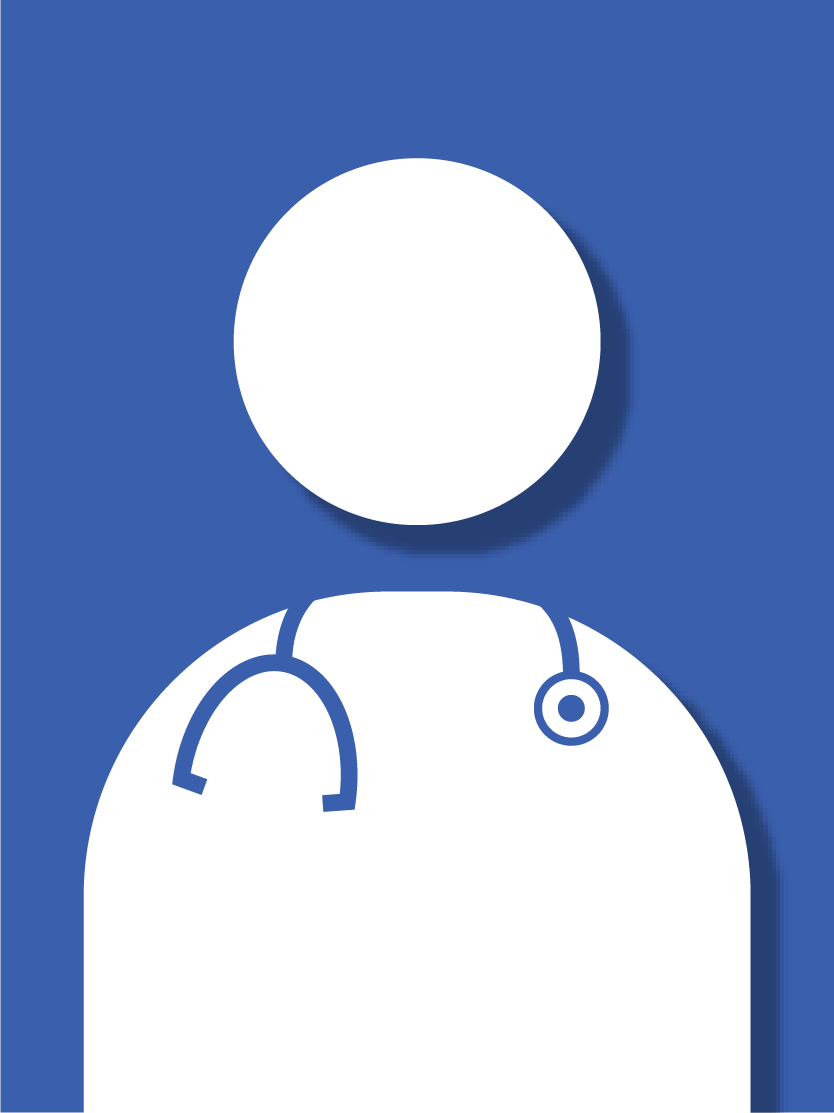If your healthcare provider believes you may have lung cancer, you will need certain exams and tests to be sure.
You should expect to be asked questions about your health history, your symptoms, risk factors, and family history of disease. Understanding your background will help your provider make a diagnosis.
He or she will also give you a physical exam.
Lung cancer screening is recommended for patients who are at high risk for lung cancer. Low-dose CT screenings are recommended for patients who:
- Are between the ages 50 and 80.
- Currently smoke or have quit within the past 15 years.
- Have a 20 pack-year smoking history, meaning the patient smokes one pack of cigarettes per day for 20 years, or two packs per day for 10 years.
- Computer tomography (CT) scan. CT scans help us detect the stage of the cancer and if it has spread to other parts of the body. Low-dose CT screening is common to detect lung cancer at an early stage for those who qualify. Find out more about lung cancer screening.
- Positron emission tomography (PET) scan. We use PET scans to create treatment plans, see if the cancer has spread, and evaluate how the cancer responds to treatment.
During a biopsy, we remove tissue or cells from the lung to be checked by a pathologist under a microscope. Results from a biopsy help us determine if cells are cancerous.
There are three main types of lung biopsy:
- Needle biopsy is done with local anesthesia, which is medicine that numbs the area of the lung where a needle will be inserted. We use a CT scan to guide the biopsy needle.
- Bronchoscopy is a minimally invasive procedure. We insert a long thin tube called a bronchoscope into the airway and guide it to the lungs to get a tissue sample.
- Surgical biopsy is performed through an incision in the chest wall. This procedure is done in the operating room with the patient asleep.
Patients will be contacted after a biopsy by a Markey team member to review results. Further management will be recommended at that time.
When you are diagnosed with lung cancer, it is common to feel a sense of urgency around starting treatment. However, in most cases, there is time to do the needed research to ensure that your diagnosis is correct. That may include getting a second opinion.
Our team of experts works together to diagnose, treat and prevent lung cancer, with a focus on individualized patient care.
Markey is among the best cancer centers in the nation, according to U.S. News & World Report, when it comes to advanced treatment options, survival rates and experienced providers. As the first and only NCI-designated comprehensive cancer center in Kentucky, Markey can serve many patients each year with rare and common cancers, including lung cancer.
Our specialized team is happy to work with your doctors and communicate to ensure confidence in your diagnosis.
Should I get a second opinion?
A second opinion can help to ensure that you will be getting the latest and most effective therapy for treating lung cancer. The following are common reasons for seeking a second opinion after your initial diagnosis:
- You are having difficulty understanding your diagnosis.
- A dedicated team specialized in your cancer type may not be available in your area.
- There may be uncertainty around the stage of lung cancer.
- You may want to learn more about different treatment options, including clinical trials and advanced technologies only available at an advanced center like Markey.
- Your health insurance requires a second opinion before continuing toward treatment.
Questions to ask when getting a second opinion
After receiving a cancer diagnosis, you may have a lot on your mind. Here a few questions to keep in mind for your doctor when seeking a second opinion:
- Is there a chance that my medical problem could have a different diagnosis?
- Are there additional tests I should take before moving forward with treatment?
- Do you recommend any treatments at this time?
- What do you expect to happen if I wait or don't have the treatment?
- What are the side effects of treatment?
- How long are treatment recovery periods?
For more information, visit these trusted national sources for a variety of additional educational tools and resources:





























